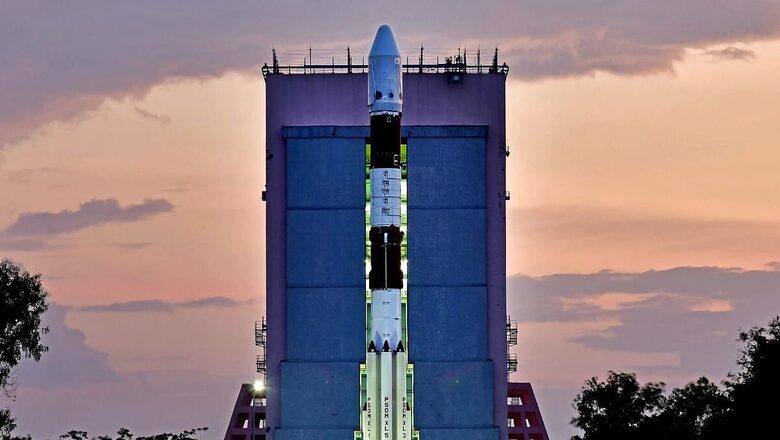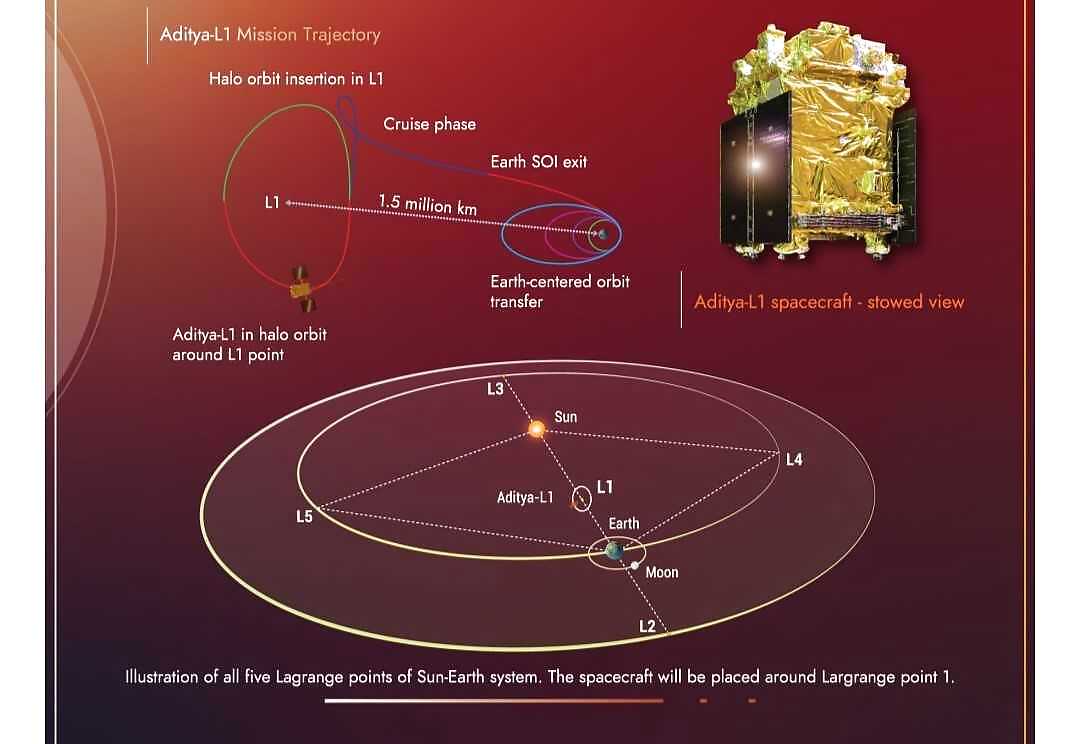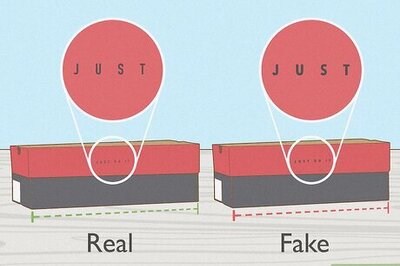
views
Only weeks after the successful soft landing of Chandrayaan-3 on the south pole of the moon, ISRO is all set to study the sun as the Aditya-L1 spacecraft lifts off on Saturday (September 2). The observatory mission, which will reach the Lagrange point 1, or L1, in approximately 120 days will last for more than five years.
The L1 is a vantage point – about 1.5 million km from the Earth and about 148.5 million km from the sun – where gravitational forces between the sun and the Earth are perfectly balanced. The mission has seven payloads onboard and its primary one, visible emission line coronagraph or the VELC, has been developed and designed by Prof Ramesh R and his team from the Indian Institute of Astrophysics (IIA) in Bengaluru.

In an exclusive interview to News18, the scientist explained the importance of the mission and why it will impact several aspects of life on Earth. Excerpts:
What is L1 point and why did ISRO decide on it?
ISRO and astrophysicists from India have, so far, studied the sun from the Earth. The ground-based observational studies have two limitations – they can only be done from dawn to dusk and dust particles in the atmosphere distort the findings of the study. To enable continuous study of the sun, ISRO in 2013 decided to place a payload in Lagrange point 1 in space.
“When you say L1 point, if you consider the solar system with sun and Earth as massive bodies, there are five vantage points where gravitational forces between these two are perfectly balanced. These five points are called Lagrange points as they were first invented by Italian astronomer Joseph Lagrange, so L1 is in a straight line with the sun and Earth. It’s a gravitational stable point with an uninterrupted view of the sun. Any scattering due to dust is also taken care of since you are going well above the earth. That’s one of the reasons why the mission was designed,” Ramesh said.
Will Aditya-L1 help predict solar flares and coronal mass ejections?
A geomagnetic storm, part of the solar storm in March 1989, severely affected the power transmission system in Canada’s Quebec province. Scientists have been trying to understand the circumstances leading to a coronal mass ejection (CME) and solar flares for better prediction of solar weather.
“There can be violent eruptions from the sun’s atmosphere and they can travel towards the Earth. So, there is a need to study and monitor this on a 24-hour basis. The primary source for all these violent eruptions is the corona and our primary payload will be looking at it. We will be clicking one photo of it every minute, get 1,440 images per day, and study any small change as well. We are also flying an instrument called a polarimeter, which is going to monitor magnetic field changes. It can give a forewarning that there will be a violent solar eruption,” he said.
The scientists’ community is hopeful that at the end of the Aditya-L1 mission there will be enough data to understand the solar signatures we should be looking for to predict a CME.
He added: “Sun spots in the centre of the sun’s disk, if they decide to erupt due to changes in the magnetic field, will travel straight on the sun-earth line and, so, those sun spots near the solar disk are potentially more geo-effective and we need to monitor that particular database – whether the size of the sun spot is important or the appearance or polarity is important.”
The CMEs are large expulsions of plasma and magnetic fields from the sun’s corona around the sun spots. They eject coronal material with an embedded magnetic field. Solar flares are a burst of electromagnetic radiation from the sun, which travel at a fast pace. Both can affect the functioning of satellites in space, communication and power lines on Earth.




















Comments
0 comment